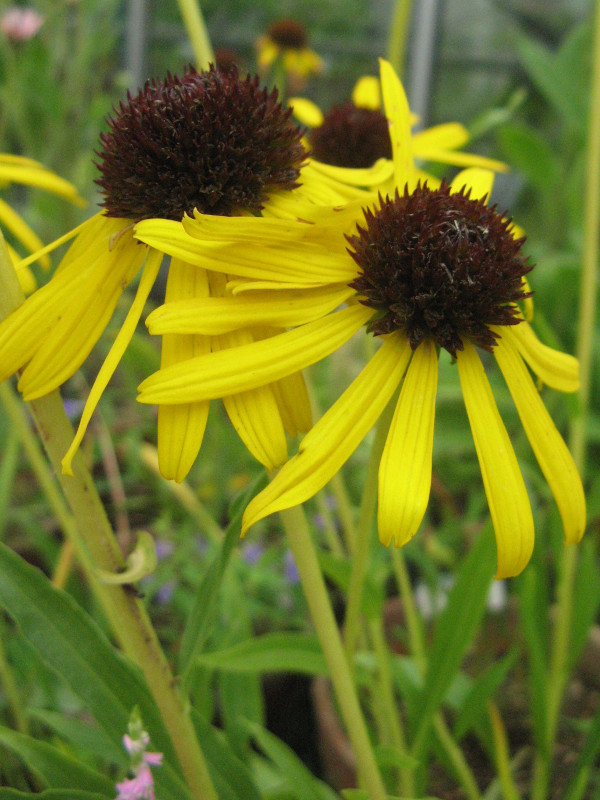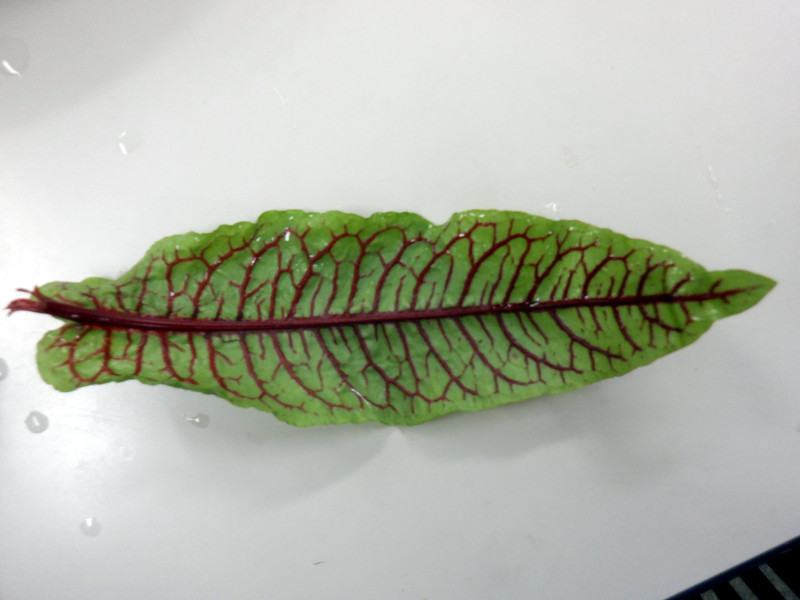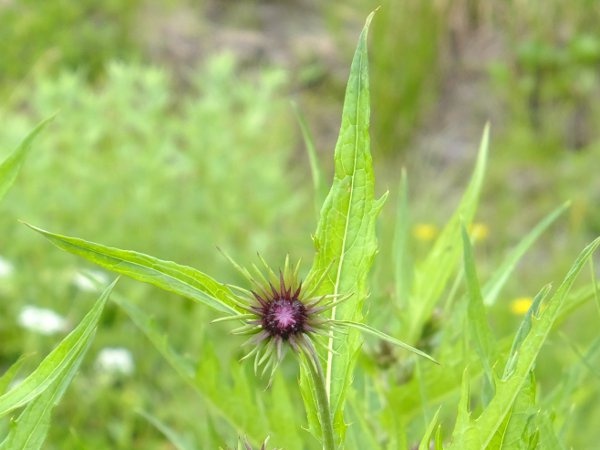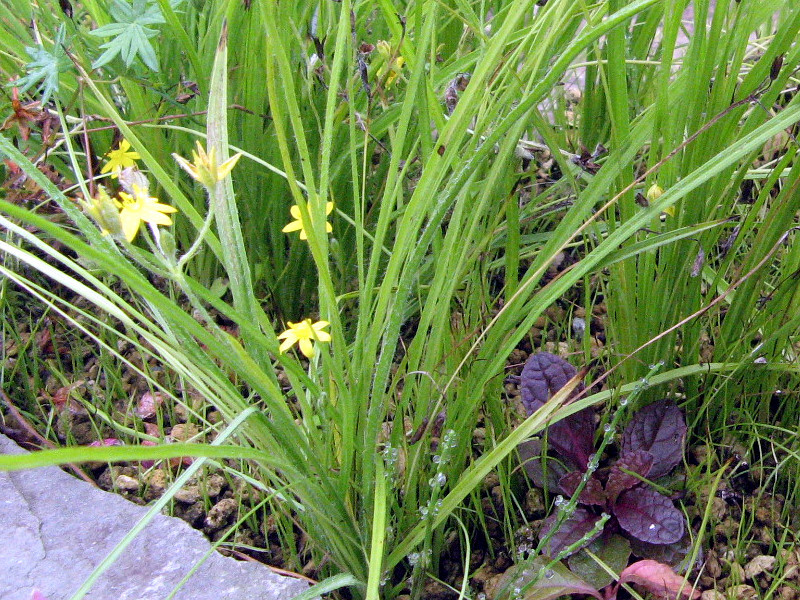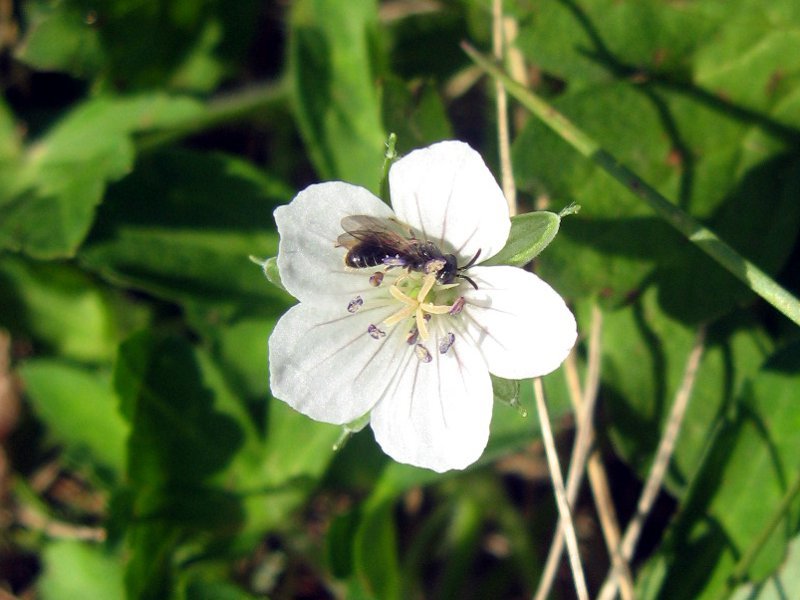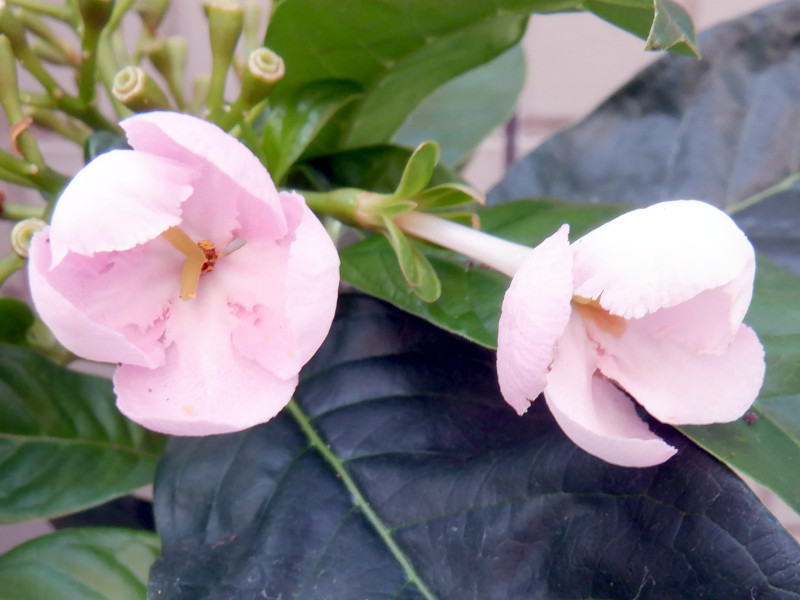Echinacea paradoxa
- Flower nameEchinacea paradoxa
- Scientific nameEchinacea paradoxa
- AliasEchinacea, エキナセア, エキナケア, エキナケア・パラドクサ, yellow coneflower
- Place of originNorth America
- Place of floweringGarden, Cut flowers, flower arrangement, Botanical Gardens, Park, Potted flower
- Flowering seasonJuly, August, September, October
What is Echinacea paradoxa
Echinacea paradoxa (scientific name: Echinacea paradoxa) is a cold hardy perennial (lodging plant) native to North America. It is one of the original species of Echinacea. It is similar to rudbeckii, but the tongue-shaped flowers are slender and droop as they bloom. On the other hand, the central tubular flower (the cone part) is raised and stays long after the tongue flower has fallen.
Other name "yellow coneflower" is derived from the yellow petals and the tubular flowers that rise in a cone-like shape.
The genus name, Echinacea, is derived from the Greek word echina (hedgehog) and is named for the shape of the central tubular flower. Native Americans use it as a medicinal plant, and it is also used in health foods in North America. It is also suitable for cut flowers.
Common name: Echinacea paradoxa, scientific name: Echinacea paradoxa, botanical name: yellow coneflower, plant kingdom: North America, Height: 60-100 cm, Petiole: yes, Leaf shape: ovate, Leaf margin: serrate, Tongue flower color: yellow, Petal: narrow and drooping as it blooms, Tubular flower: reddish brown, Flowering season: June-July, Flower diameter: 7-10 cm, Uses: garden plant, potted plant, potted plant, cut flower, remedy for inflammation and wounds, health food to strengthen immunity, supplement, and Herbal tea.



